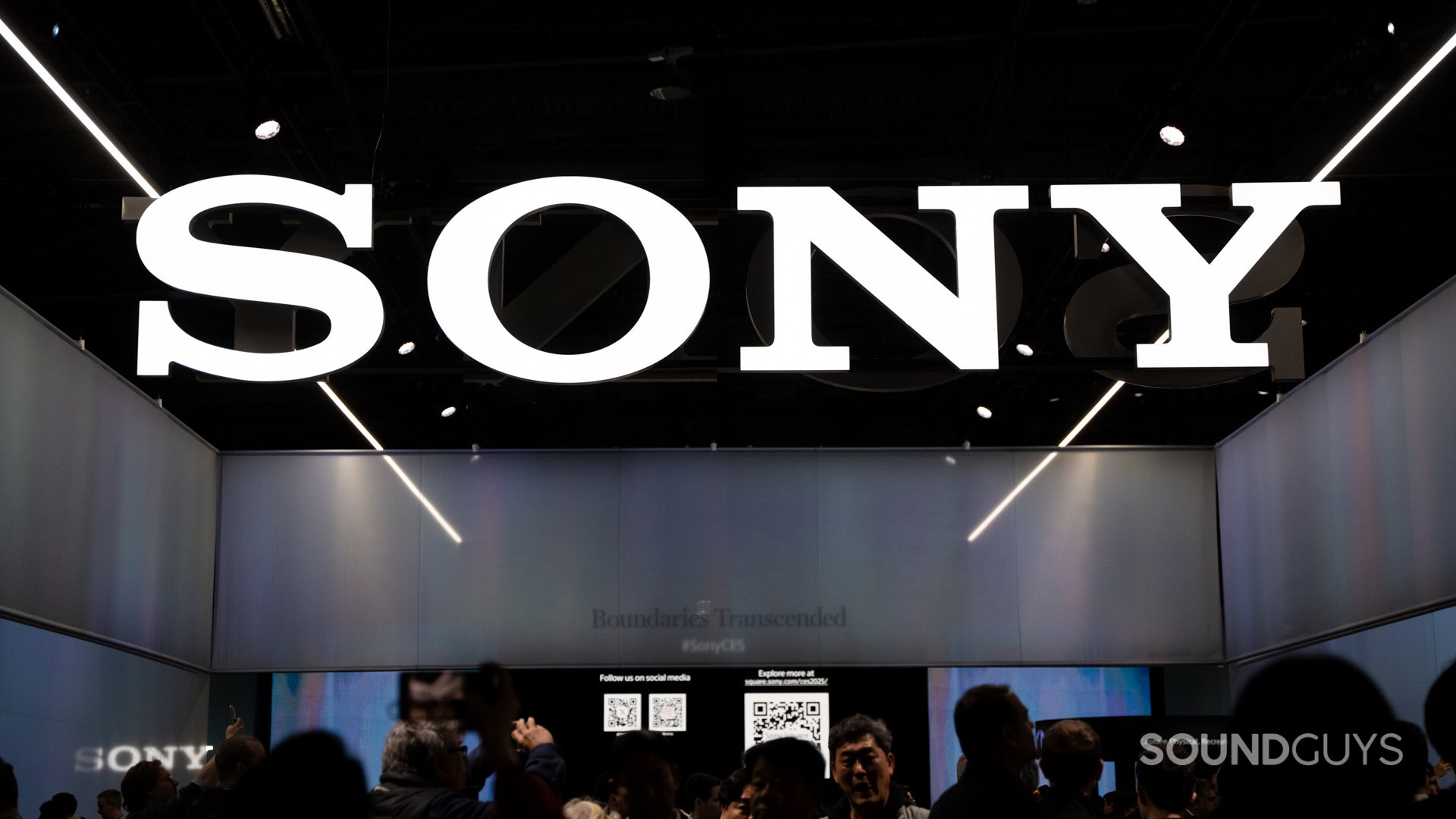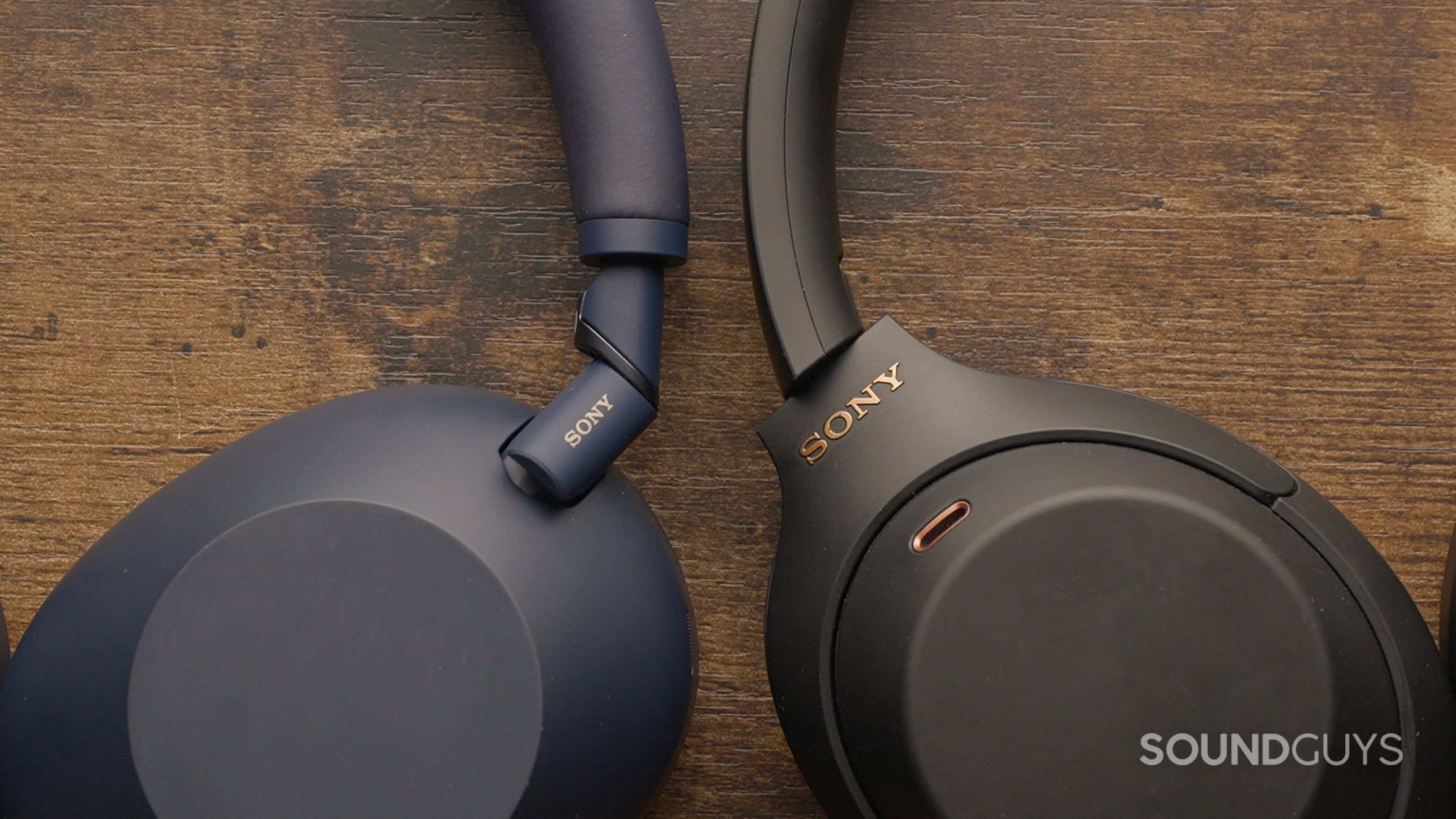All products featured are independently chosen by us. However, SoundGuys may receive a commission on orders placed through its retail links. See our ethics statement.
The Sony WH-1000XM6 is showing the same fatal flaw as the XM5
October 30, 2025

The Sony WH-1000XM6 launched five months ago with what seemed like a solution to the previous XM5’s biggest Achilles heel: a completely redesigned hinge mechanism that would finally put durability concerns to rest. When we first reviewed the XM6, we were cautiously optimistic that Sony listened to the mounting complaints about the XM5’s hinge failures by implementing a new structural design. But now, it’s looking like that might have been too good to be true.
Reddit is once again filling with photos of broken XM6 headphones—cracked headbands, dangling earcups, separated sliders. The failures are happening sooner than the XM5s ever did, sometimes within weeks of purchase. And perhaps most troublingly, Sony appears to be denying warranty coverage even when the failures resemble the manufacturing defects that plagued their previous flagship. At $400, these aren’t just expensive headphones—they’re expensive headphones that might not last half a year.
Sony redesigned hinge looked like it would fix the XM5's durability issues. It hasn't.
The reports follow an eerily familiar pattern. Users describe careful handling, no drops, and regular daily use. Then, somewhere between one and five months in, something breaks. Sometimes it’s the slider that extends the headband or the hinge mechanism itself. One person even spotted broken XM6s on display at their local Best Buy. Of course, display units tend to endure abuse that personal headphones don’t. Still, it’s emblematic of a recurring problem on public display that Sony can’t ignore.
Have your Sony WH-1000XM6's failed?
What’s actually breaking
Scouring Reddit, I came across post after post after post after post after post of users posting pictures of their headphones with broken headbands. They all admit to wearing the headphones with the headband fully extended because they have larger heads. Now, physics offers a simple explanation: a longer lever arm creates more force at the pivot point. Headphones extended to their maximum length put more stress on the hinge mechanism than those adjusted to a smaller size. Still, if the mechanism can’t handle being fully extended during normal use, I would consider that an alarming design flaw.
However, there are also posts showing a broken hinge, not the headband. That is the part that was redesigned to supposedly be more reinforced, so its failure is more concerning. So waht’s goign on? Thanks to one user, u/thjreeway, who disassembled the headphones, we have a fairly good idea. After Sony refused to cover their broken headphones under warranty, they took apart the hinge to try to fix it themselves and investigate what had actually failed.
As you can see in the photos from the post above, the XM6’s hinge utilizes a threaded nut mechanism with an O-ring, allowing the joint to rotate freely. In this pair of broken headphones, this nut had simply become loose—not cracked, not visibly damaged, just insufficiently tightened. Once the user properly tightened it, the hinge worked perfectly and felt as strong as the intact side.
“I did not notice any structural damage to the hinge,” they wrote. “The thread on the nut seemed preserved. In my opinion, the mechanism failed because the nut became slightly loose and therefore wasn’t fully threaded.”
This is interesting because Sony didn’t just redesign the XM5’s hinge—they made it more complex, introducing a threaded mechanism that apparently requires precise assembly. If that nut isn’t torqued to exact specifications during manufacturing, it can work loose over time and fail. Where the XM5’s plastic hinge broke from stress fractures, the XM6’s metal mechanism appears to break from coming unscrewed.
Sony’s warranty problem

Here’s where the situation goes from disappointing to genuinely problematic: Sony is systematically denying warranty claims for these failures.
Multiple users report contacting Sony support only to be told that broken hinges and separated mechanisms constitute “physical damage” not covered by warranty—even when they’ve never dropped their headphones and the failures appear to be manufacturing defects. One user with a paid extended warranty was still denied coverage.
At $400, consumers are left holding broken headphones with no recourse from Sony.
Sony’s “solution”? Pay $390 for a replacement, a paltry discount off the $400 retail price. If Sony knows this is a defect—and the disassembly evidence suggests it might be—then denying warranty claims seems problematic. If they don’t know it’s a defect, their quality control process needs improvement. Either way, consumers are left holding broken $400 headphones with no recourse.
Reddit users have started recommending third-party protection plans from retailers like Amazon rather than trusting Sony’s warranty. Some have suggested filing complaints with the FTC and state attorneys general if a sufficient number of people experience warranty denials. One Reddit user successfully leveraged EU consumer protection law to receive a full refund for his broken XM5 headphones. That’s not a great look for a flagship product from a premium brand.
What happens now?

I think Sony needs to address this situation before it becomes the full-blown scandal that the XM5 hinge problem turned into. That means several things:
- First, honor warranty claims for hinge and mechanism failures. If there is no evidence of mishandling, then these should be covered under warranty, regardless of how Sony’s support scripts currently categorize them.
- Second, investigate whether this is an assembly quality control issue or a fundamental design flaw. If it’s QC, implement better torque specifications and testing for that critical nut mechanism. If it’s design, acknowledge it and start working on the XM7.
- Third, extend warranty coverage beyond one year for flagship products. When you’re charging $400 for headphones, consumers deserve confidence they’ll last more than a few months.
This isn’t just about headphones. It’s about what we should expect from premium products. Sony’s audio engineering remains exceptional. The XM6’s sound quality is superb, the active noise cancelation is class-leading, and the feature set is comprehensive. In a vacuum, these are phenomenal headphones. But they don’t exist in a vacuum—they exist in the real world, where people need to extend headbands and fold earcups and use their $400 purchase in everyday environments without wondering if today’s the day something snaps.
The XM6 was supposed to be redemption. Almost half a year in, it's starting to look like history repeating itself.
Nearly half a year isn’t enough data to definitively declare the XM6 a design failure. But it’s more than enough to see a worrying pattern. The XM6 was supposed to be redemption. Instead, it’s starting to look like history repeating itself.
Have you experienced XM6 durability issues? We want to hear about it. Vote in our poll and share your experience in the comments below.
Thank you for being part of our community. Read our Comment Policy before posting.